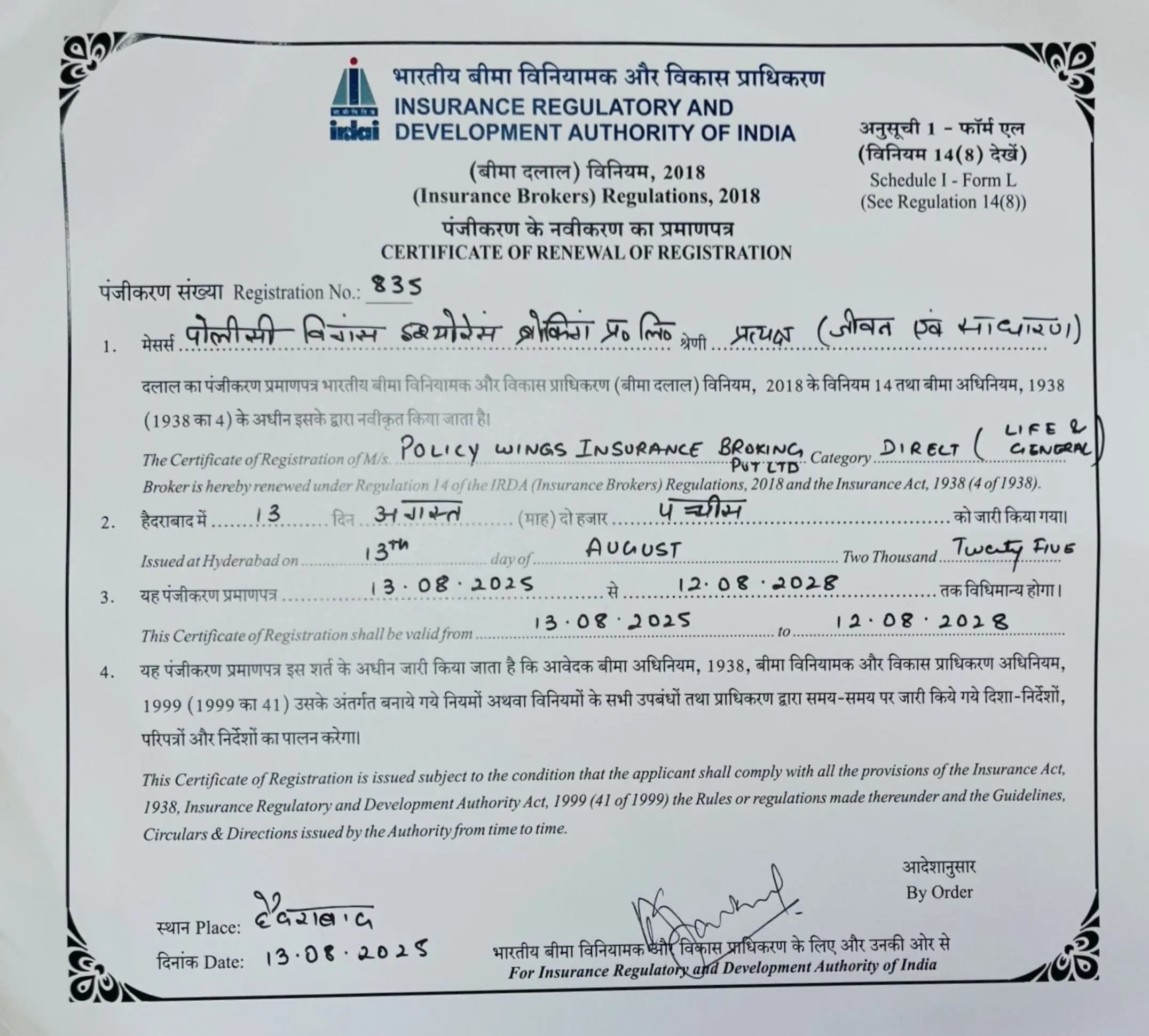Introduction Do you think that buying life insurance means having to go through complicated policies and paperwork and paying...
Introduction You can’t predict life but it’s always possible to secure the financial future of your family with life...
Introduction Life insurance is hands down one of the smartest steps you can take to secure your family’s financial...
Introduction After years of working so hard and saving & planning for everyone else, your retirement years have to be...
Introduction What’s the smartest financial decision you can make for your family’s future? Buy life insurance! With term life insurance...
Life is so unpredictable that one day, you feel your future is safe & secure and the other day,...
Introduction Future planning is not limited to only savings or investments but creating a safety guard that protects your family...
Introduction Among the costliest mistakes Indian business owners can make are those pertaining to business insurance. Companies may be subject...
Introduction In 2025 the prospect of group health insurance India is going through an essential transformation especially for startups which...
Introduction What’s the smartest financial decision you can make for your family’s future? Buy life insurance! With term life insurance...
Latest Blogs
Introduction While buying or renewing car insurance, you would surely come across two very common terms: Zero Depreciation and...
Introduction In India, getting insurance for your car is non-negotiable. With so many plans and so many add-ons available, it...
Introduction Everyone deserves healthcare but sadly, with the medical expenses rising so fast in India, not everyone can afford...
Introduction You don’t buy a car insurance just fulfil a legal requirement. The repair costs have really increased, spare...
Introduction You have waited so long to finally purchase that car, saved for it and checked all those reviews....
Introduction Upon buying insurance, you will notice different short forms in your policy documents that might confuse you. One...
Introduction Travel is exhilarating but medical emergencies abroad are expensive and unpredictable. For Indian travellers, buying robust overseas travel medical...
Introduction Having a small business in India starts with immense opportunities but also with a wide range of challenges. Moreover...
















